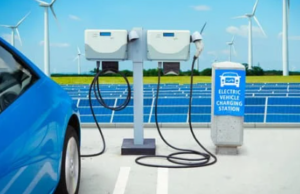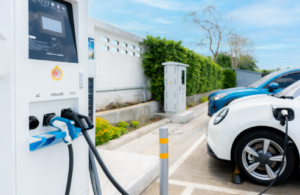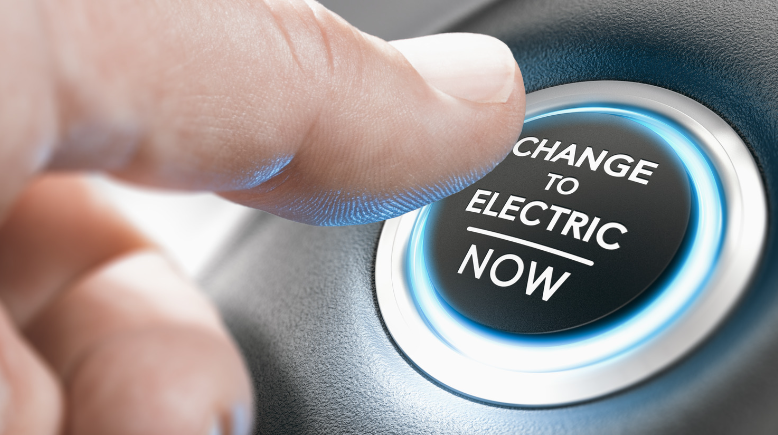Table of Contents
Over the past decade, electric vehicles (EVs) have made remarkable strides in technology, infrastructure, and public perception. With significant advancements in charging technology and a notable shift in branding and marketing strategies, EVs have emerged as a prominent force shaping the future of transportation.
In this article, we will explore how far electric vehicles have come in the last ten years, the critical factors behind the improvement of charging infrastructure, and the evolution of branding and marketing in the EV industry.
How far have electric vehicles come in 10 years?

The past decade has witnessed remarkable progress in electric vehicle technology, addressing critical concerns such as range anxiety, battery performance, and vehicle affordability. Battery technology, the backbone of electric vehicles, has experienced significant advancements, resulting in increased energy density and longer driving ranges. Today, it is common to find EVs capable of travelling over 300 miles on a single charge, a substantial improvement from early models.
Charging times for Electric Vehicles have decreased
Additionally, charging times have significantly decreased due to the development of fast-charging technology. High-power charging stations have become more prevalent, allowing EV owners to charge their vehicles to 80% capacity within 30 minutes. These advancements in battery and charging technologies have played a pivotal role in enhancing the practicality and convenience of electric cars.
Revolutionising Charging Infrastructure

One of the primary concerns for prospective EV owners in the past was the availability and reliability of charging infrastructure. However, the charging infrastructure has witnessed a revolution over the last decade, addressing the previous limitations and expanding its reach.
More public charging stations for charging cables
Firstly, a robust network of public charging stations has been established across numerous countries, making long-distance travel in electric vehicles a viable option. Charging station operators and governments have collaborated to install chargers along significant highways, urban areas, and popular destinations, offering EV owners many charging options.
Fast-charging stations – faster times
Moreover, introducing fast-charging stations, capable of delivering high power and reducing charging times significantly, has played a crucial role in alleviating range anxiety. These charging stations are equipped with multiple charging plugs, enabling simultaneous charging of several vehicles, further enhancing their convenience and improving efficiency.
Expeed EV Charging Cables to charge at home

Furthermore, home charging solutions have become more accessible and convenient. Homeowners can install residential charging stations, allowing EV owners to conveniently charge their vehicles overnight or whenever necessary. This has eliminated the need for frequent visits to public charging stations, adding to electric cars‘ overall convenience and practicality.
Additionally, the high-quality charging cables now available from companies like Expeed improves the charging time and length. It also reduces the risk of a fire!
Shifting Branding and Marketing Strategies
Branding and marketing have been pivotal in transforming public perception and acceptance of electric vehicles. Initially, EVs were perceived as niche and limited to a specific demographic. However, the branding and marketing approaches have significantly transformed over the past decade.
Expeed has increased the branding of Electric Vehicle Charging Cables
Automakers and electric vehicle manufacturers have strategically shifted their messaging to emphasize the benefits of electric vehicles, such as environmental sustainability, lower operating costs, and enhanced driving experiences. They have highlighted the performance capabilities of EVs, showcasing their instant torque, smooth acceleration, and low noise levels. The industry has appealed to a broader consumer base by focusing on these advantages.
How has the marketing of EVs helped?

Moreover, the branding of electric vehicles has moved away from being solely associated with environmental consciousness. Automakers have positioned EVs as high-tech and futuristic, with sleek designs and cutting-edge features, appealing to consumers’ desires for innovation and style. This repositioning has been instrumental in expanding the market appeal of electric vehicles beyond the environmentally-conscious demographic.
Transformation in the EV industry
The past ten years have witnessed an extraordinary transformation in the electric vehicle industry. Technological advancements, such as improved battery performance and fast-charging capabilities, have made electric vehicles more practical and appealing to consumers.
Simultaneously, establishing a robust charging infrastructure, including public and home charging solutions, has addressed concerns regarding range anxiety and accessibility.
The marketing of Electric Vehicles has improved
Furthermore, electric vehicles’ branding and marketing strategies have shifted, emphasizing the environmental benefits while appealing to broader consumer desires for performance and innovation. As a result, electric cars have come a long way, transcending their initial limitations and emerging as a promising and sustainable mode of transportation for the future.
As we look ahead, the continued advancement of technology, the ongoing expansion of charging infrastructure, and evolving marketing strategies will further accelerate the adoption of electric vehicles, ultimately leading to a cleaner and more sustainable transportation ecosystem.
Author Profile

- Guest Blogger & Outreach Expert - Interested in Writing Blogs, Articles in Business Niche | News Journalist By Profession in the United Kingdom
Latest entries
 Business TipsJune 6, 2025Confidence That Connects the Message
Business TipsJune 6, 2025Confidence That Connects the Message GamingMay 9, 2025Why AI Personalization Is Key for the Next Generation of Betting Platforms?
GamingMay 9, 2025Why AI Personalization Is Key for the Next Generation of Betting Platforms? Business StrategiesMay 1, 2025Key Business Development Strategies for Fostering Sustainable Growth
Business StrategiesMay 1, 2025Key Business Development Strategies for Fostering Sustainable Growth TechnologyApril 3, 2025Emerging Technologies Reshaping Custom Software Development Services in 2025
TechnologyApril 3, 2025Emerging Technologies Reshaping Custom Software Development Services in 2025





